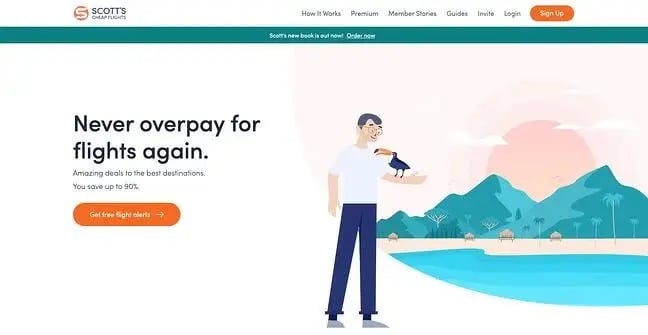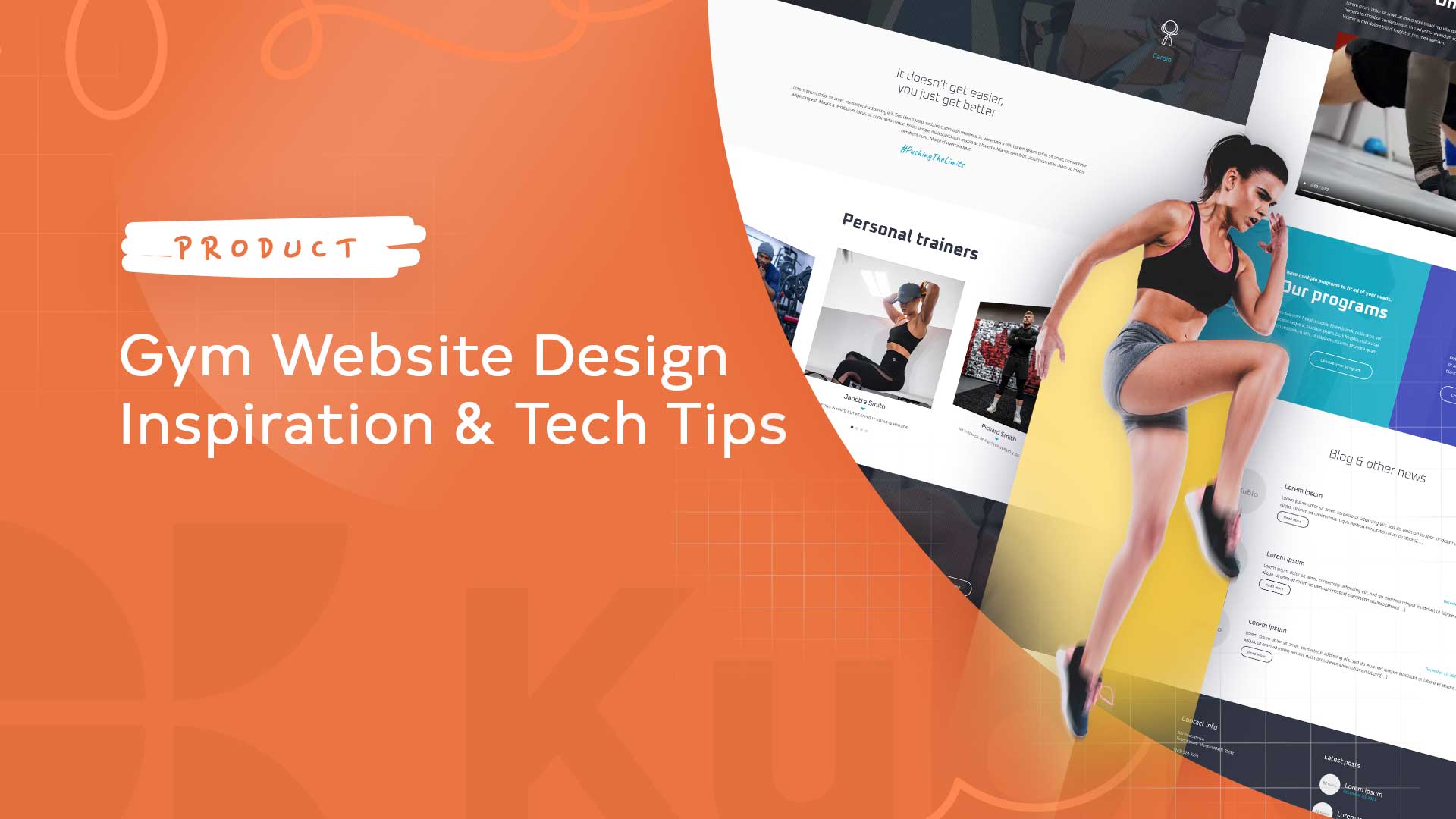Key Factors to Consider When Planning Your Website Design
Key Factors to Consider When Planning Your Website Design
Blog Article
Increase Engagement With Ingenious Internet Site Layout Solutions
An attentively crafted user experience, underpinned by strategic aesthetic design and interactive aspects, can considerably improve customer interaction. By discovering different techniques such as responsive layout and customized web content, businesses can produce a system that not only astounds individuals but also fosters lasting loyalty.

Recognizing User Experience
Understanding user experience (UX) is essential for creating effective internet site layout remedies, as it straight influences how individuals connect with electronic systems. A comprehensive UX technique encompasses different aspects, including access, user, and usability contentment, all of which contribute to the total performance of a web site.
To start with, usability focuses on how conveniently customers can navigate and discover the information they seek. Availability makes certain that all individuals, consisting of those with disabilities, can efficiently engage with the internet site.
In addition, comprehending individual characters is essential for tailoring the experience to meet details target market demands. By performing user research and screening, designers can collect insights that inform style choices, ensuring the site not only meets visual objectives but additionally fulfills useful needs. Ultimately, a thoughtful approach to UX design fosters engagement, urges retention, and enhances general customer contentment, which are essential for the success of any kind of electronic platform.
Visual Style Strategies
Incorporating reliable aesthetic layout strategies is essential for recording customer interest and improving the general individual experience on a web site. A well-thought-out visual power structure guides individuals via the web content, enabling them to easily absorb and navigate info. This can be achieved through the calculated use of typography, shade systems, and spacing, which collectively create a cohesive and appealing design.
Shade plays a crucial duty in establishing and stimulating feelings brand name identification. Using a well balanced color scheme that aligns with the brand's ethos can cultivate familiarity and trust fund. Additionally, including high-grade photos and graphics enhances visual charm and can considerably enhance individual involvement.
Whitespace, usually overlooked, is equally crucial as it permits web content to breathe and stops frustrating customers with clutter. It helps with less complicated analysis and understanding, causing an extra delightful surfing experience.
Finally, consistency in design elements-- such as button font styles, designs, and symbols-- makes sure a seamless user journey, reinforcing the brand's expertise. By strategically applying these aesthetic design approaches, internet sites can not just draw in visitors however additionally motivate them to stay longer and engage more deeply with the web content.
Interactive Elements for Engagement
Engaging individuals successfully usually depends upon the implementation of interactive components that welcome involvement and cultivate a vibrant surfing experience. These aspects, consisting of quizzes, polls, and interactive infographics, urge individuals to proactively take part instead of passively eat web content. By integrating such attributes, websites can not just capture focus yet also boost user retention.

Gamification is an additional powerful technique. Integrating game-like components, such as success or benefits for completing tasks, can transform mundane communications into satisfying experiences. This technique not only enhances interaction but additionally motivates individuals to return, developing a dedicated target market.
Additionally, interactive aspects can help with social sharing, magnifying a site's reach. Features like remark sections, share switches, and user-generated material locations foster neighborhood interaction, turning site visitors into energetic individuals. website design. Eventually, the calculated use interactive elements is vital for creating a interesting and compelling site that reverberates with users
Flexible and responsive Layout
A properly designed internet site has to prioritize flexible and responsive design to make sure optimal customer experiences throughout a variety of gadgets and display dimensions. Receptive style uses fluid grids and flexible images, allowing the design to automatically readjust based on the customer's display dimension. This approach makes certain that individuals can easily browse and communicate with the material, despite whether they are utilizing a desktop, tablet computer, or smartphone.
On the other hand, adaptive design utilizes predefined layouts that are tailored to particular gadget groups. This implies that the site spots the kind of tool being made use of and offers the proper design, which can improve packing times and enhance the screen of important components. While both methods intend to enhance use, receptive design is commonly preferred for its fluidness and seamless transition between tools.
Including receptive and flexible style not just boosts customer contentment however additionally favorably impacts online search engine positions. Browse engines focus on mobile-friendly websites, hence increasing exposure and attracting even more visitors. Investing in these design strategies is critical for organizations looking to engage their target market efficiently and maintain a competitive edge in today's electronic landscape. website design.
Analyzing Customer Responses and Data
User responses and information analysis are essential parts of effective website design, as they offer important insights into customer habits and preferences. By systematically accumulating and examining individual feedback with studies, usability screening, and analytics tools, developers can recognize discomfort factors and locations for renovation. This data-driven strategy makes it possible for companies to adjust their internet site components, ensuring that the individual experience aligns with audience assumptions.
Assessing metrics such as bounce prices, time on page, and click-through rates supplies a quantitative viewpoint on customer engagement. These metrics aid designers recognize which content reverberates and which locations may need optimization. A/B screening can my site be utilized more to assess variations in style, allowing developers to make enlightened choices based on user interactions.
Incorporating customer feedback not just boosts web site usability but additionally promotes a sense of community and count on. Involving with users through responses loops grows loyalty and motivates repeat brows through. Eventually, leveraging customer comments and data evaluation is essential to creating a vibrant, user-centered web site that adapts to evolving individual requirements and preferences, therefore driving greater interaction and complete satisfaction.
Final Thought

An attentively crafted user experience, underpinned by strategic aesthetic style and interactive aspects, can substantially boost user interaction.Integrating reliable aesthetic layout methods is crucial for capturing user attention and boosting the overall user experience on a website.Individual feedback and data analysis are essential parts of effective internet site design, as they offer beneficial understandings into individual habits and preferences. Inevitably, leveraging customer feedback and data evaluation is important to developing a dynamic, user-centered web site that adapts to evolving customer requirements and preferences, thus driving greater interaction and fulfillment.
In verdict, innovative website style solutions considerably enhance individual engagement by prioritizing customer experience, employing efficient aesthetic strategies, and incorporating interactive components.
Report this page